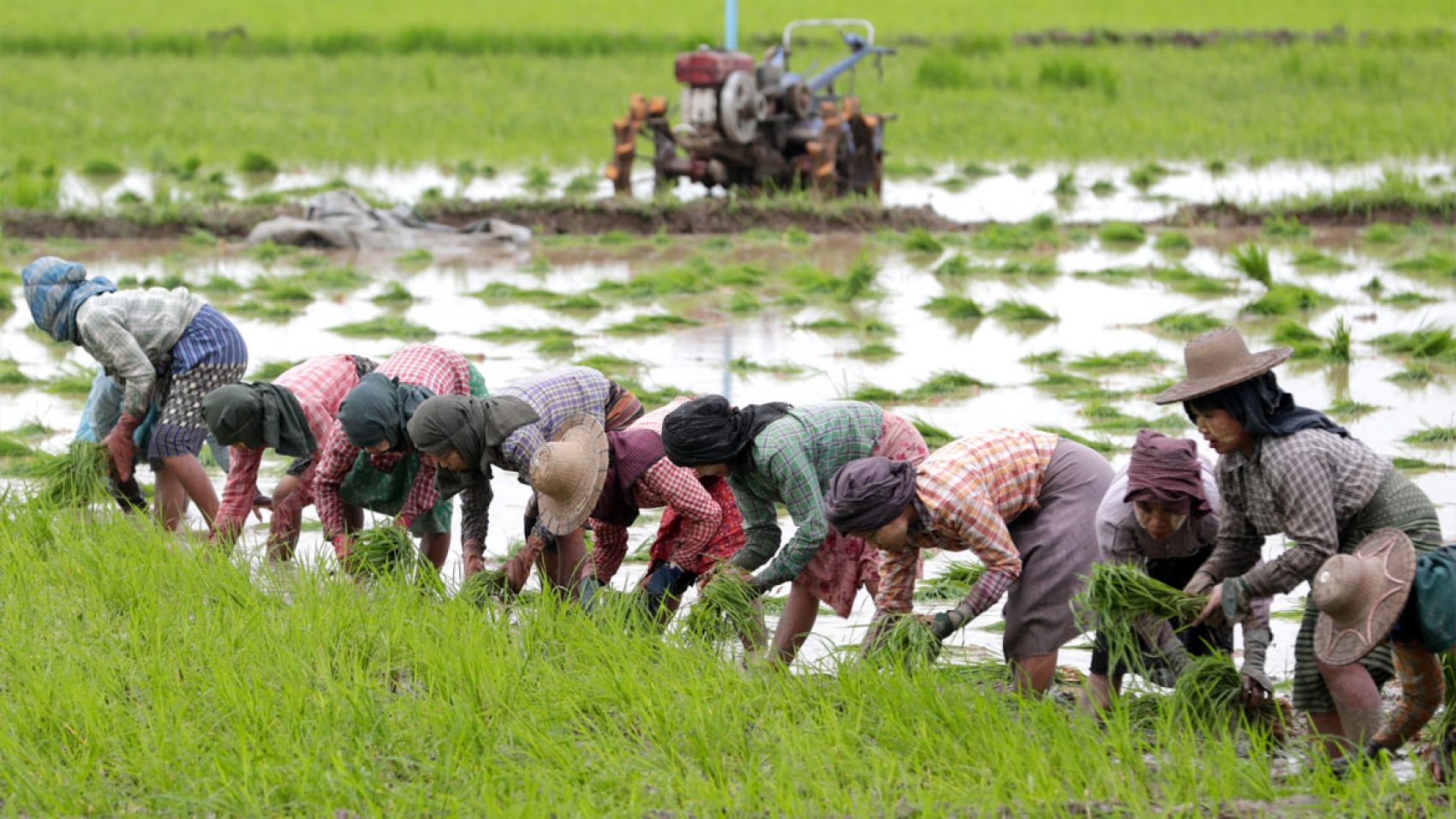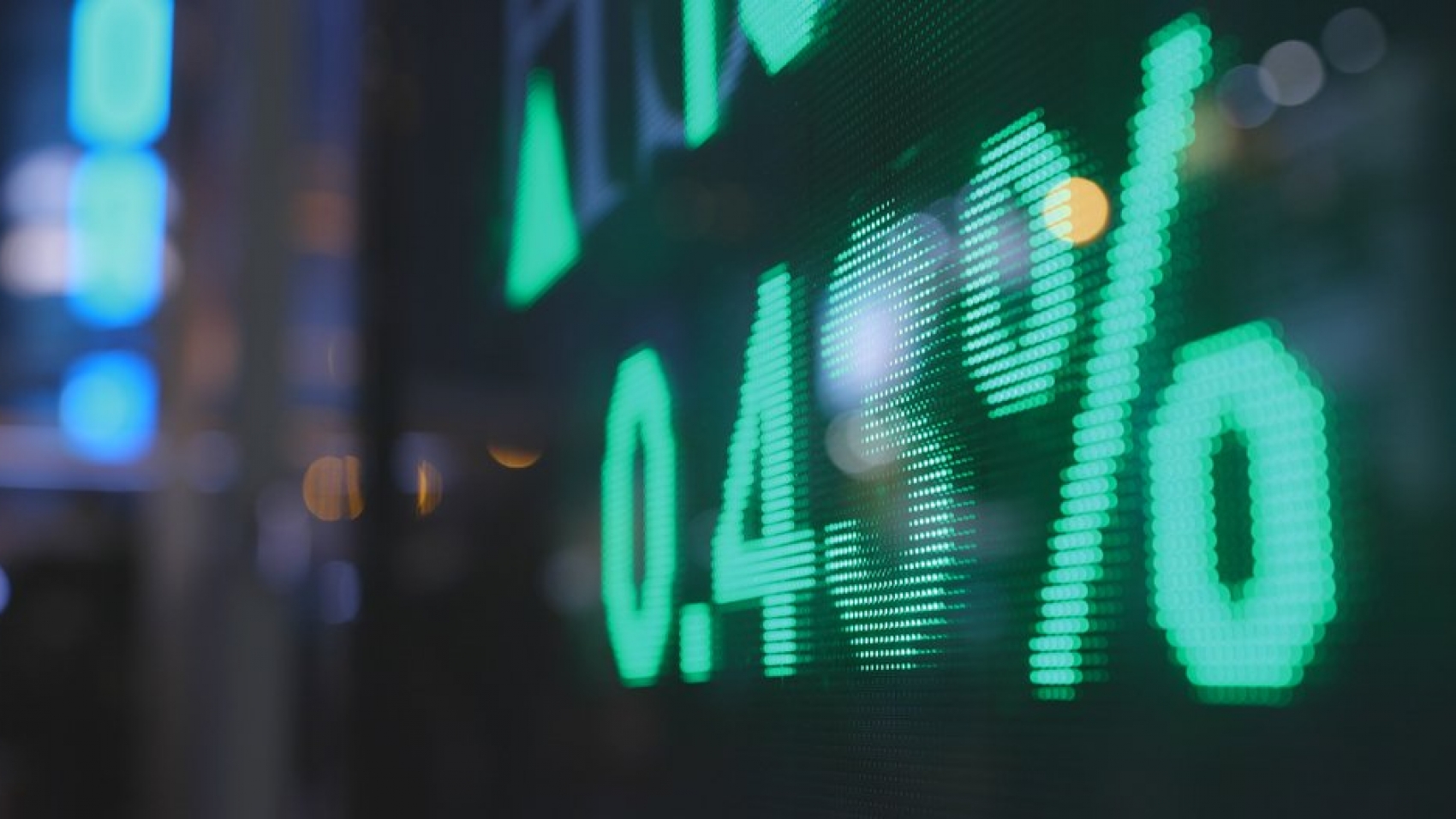The Internal Revenue Department (IRD) has announced that the sale and purchase of real estate must be assessed within one year after the current valuation, and if it is assessed for more than one year, it will be re-assessed according to the current valuation standards. It is needed to clarified current valuation, submission of declaration, tax payment procedures in purchasing and constructing, and selling of real estate and buildings.
If the purchasing, constructing, and selling property is located within the townships in Yangon and Mandalay Regions, the current valuation can be proceeded by contacting relevant Regional Valuation Committee, and if the place is located outside Yangon and Mandalay Development Zones, one should contact relevant township valuation committee to get the current valuation. Tax assessments must be made within one year of the valuation period. Failure to submit the tax assessment within one year of the valuation period will automatically cancel the assessment, and if the tax assessment period is more than one year, it will be revalued under current valuation standards.
For those taxpayers who purchase, construct and sell real estate and building, taxes related to purchase/construct/sell can be paid by submitting income statement to the relevant township tax office where the property is located. If it isn’t able to submit the income statement, tax will be paid in accordance with the tax rates in Section 25 of the Union Tax Law of 2020 with the stamp duty on the fixed value. If one want to sell the land or building, that person must submit the income tax return to the relevant township tax office where the property is located or within 30 days from the date of transfer of the property and estimate the tax. According to the 2020 Union Tax Law, income tax is levied at 10 percent of the proceeds, plus the original purchase price and the costs incurred in transferring the property over a specified period of time.
Source: Daily Eleven


